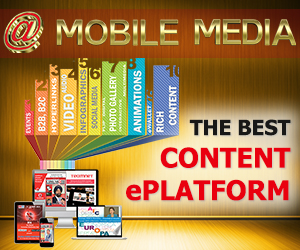This course provides an overview of television broadcast systems and infrastructures. It is intended for developers, users, application builders and those who need a technical overview who are new to Digital TV systems used in the TV industry.
This course examines the delivery of TV images for SDTV and broadcast quality where MPEG-2 has been used for many years. However to deliver higher resolutions without more bandwidth greater compression is needed so the course will examine advance Video encoding, MPEG-4 and H.264. Also in the field of handheld mobile devices the data rates over wireless channels are considerably reduced by the deployment of error recovery techniques. Here compression is vital to deliver any viable image service.
Broadcasting systems depend upon delivery over MPEG transport streams so the course will examine how MPEG-2 transport streams can be used to carry services encoded in MPEG-2, MPEG-4 and H.264. It will provide an understanding of how service information is delivered and how conditional access is encoded. The course will also examine the architecture of set top boxes and address the issues of middleware and chip-sets.
Course objectives
When you have completed this course you will be able to:
· Describe the evolution and architecture of modern Digital TV service
· Compare Cable, over-air terrestrial, satellite and internet delivery services
· Compare the impact of quality of service techniques
· Discuss appropriate broadcasting/multicasting strategies for TV delivery
· Size Video Delivery options
· Identify how to multiplex channels, video pictures and sound within a stream
· Deploy the scrambling used for Conditional Access systems
· Enhance compression with MPEG-4 and H.264
· Compare the effectiveness of different compression approaches


.jpg)



